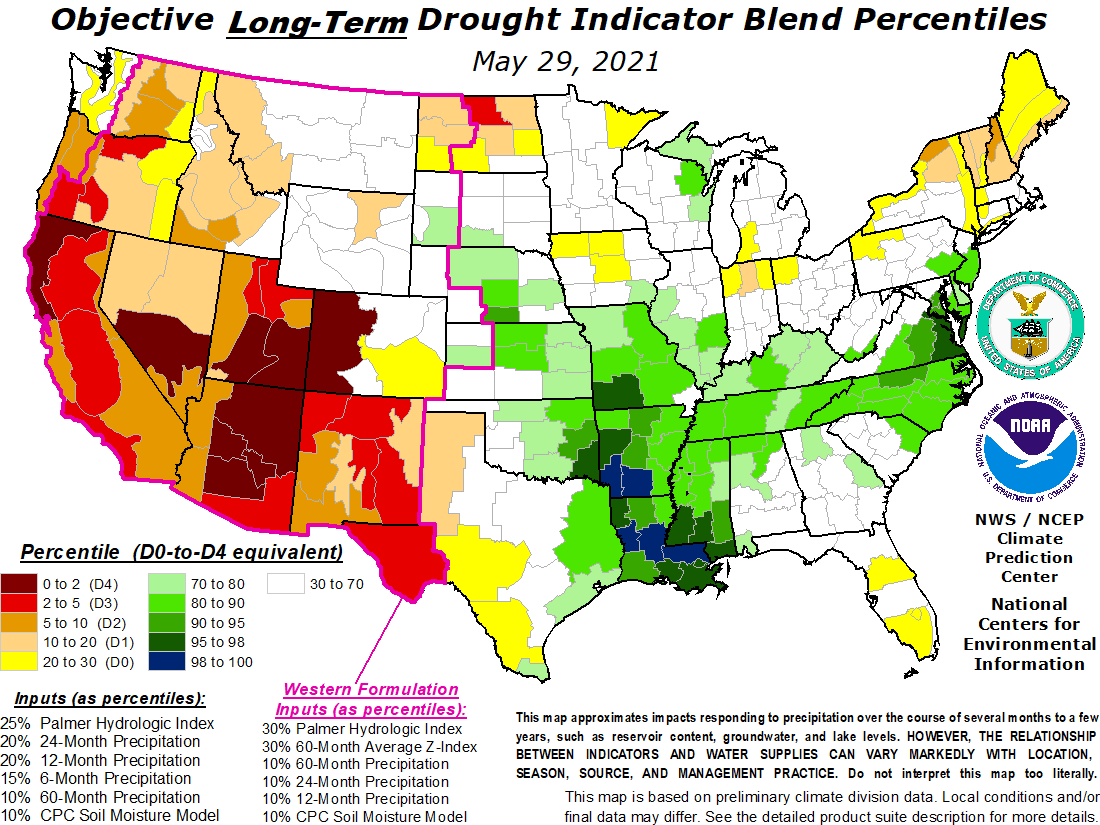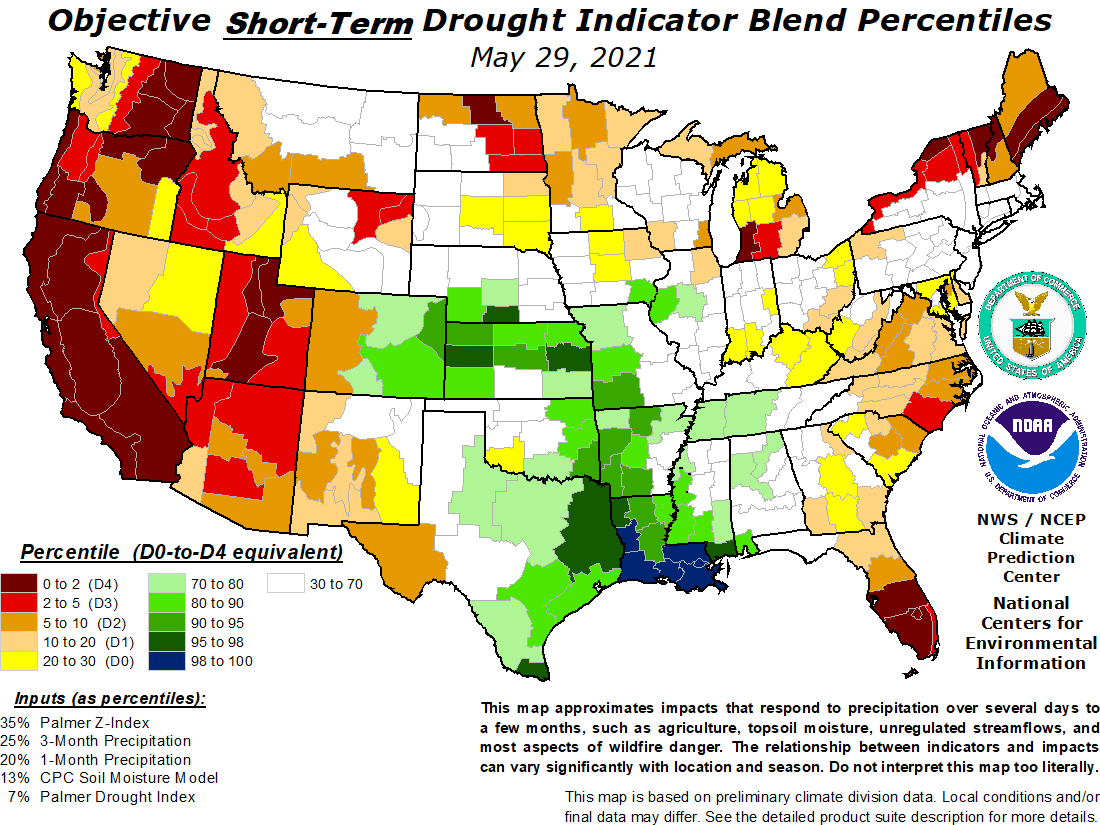A powerful earthquake measuring 6.7Mw strikes off the coast of western Indonesia
The powerful earthquake, originally reported as measuring 7.0Mw, struck in the Kepulauan Mentawai Region, Indonesia, about 110 km WSW of Padang, Sumatra, Indonesia, at a depth of 44.8km on Sunday August 16, 2009, USGS reported.
The earthquake, which was later downgraded by USGS EQ Hazard Program was followed by a cluster of aftershocks at the time of writing, the largest of which measured 5.9Mw.
[ Note: FEWW Moderators have noted that at least a dozen or so earthquakes which were initially reported as measuring 6.0 or greater, have been subsequently downgraded by USGS without any explanation. Moderators also noted an earthquake reported in Alaska, which measured greater than 5.0, was withdrawn from the USGS report last week, again without any explanation.]
See also FEWW comments:
https://feww.wordpress.com/2009/08/03/magnitude-6-9-quake-strikes-gulf-of-california/#comment-3772
https://feww.wordpress.com/2009/08/03/magnitude-6-9-quake-strikes-gulf-of-california/#comment-3797
According to Indonesia’s Meteorological and Geophysics Agency there was NO tsunami warning.
Several people received minor injuries as they fled building in Padang, where a small number of buildings were damage, according to reports.
Earthquake Details
- Magnitude: 6.7
- Date-Time
- Sunday, August 16, 2009 at 07:38:25 UTC
- Sunday, August 16, 2009 at 02:38:25 PM at epicenter
- Location: 1.397°S, 99.473°E
- Depth: 44.8 km (27.8 miles)
- Region: KEPULAUAN MENTAWAI REGION, INDONESIA
- Distances
- 110 km (70 miles) WSW of Padang, Sumatra, Indonesia
- 305 km (190 miles) SW of Pekanbaru, Sumatra, Indonesia
- 560 km (345 miles) SSW of KUALA LUMPUR, Malaysia
- 960 km (600 miles) WNW of JAKARTA, Java, Indonesia
- Location Uncertainty: horizontal +/- 5.8 km (3.6 miles); depth +/- 10.2 km (6.3 miles)
- Parameters: NST=240, Nph=240, Dmin=683.1 km, Rmss=1.04 sec, Gp= 22°, M-type=teleseismic moment magnitude (Mw), Version=8
- Source: USGS NEIC (WDCS-D)
- Event ID: us2009kjak
10-degree Map Centered at 0°N,100°E

Earthquake Location Map. Source: USGS
Historic Seismicity [USGS]

Major Tectonic Boundaries: Subduction Zones -purple, Ridges -red and Transform Faults -green
Seismic Hazard Map [USGS]

Major Tectonic Boundaries: Subduction Zones -purple, Ridges -red and Transform Faults -green
Related Links:











